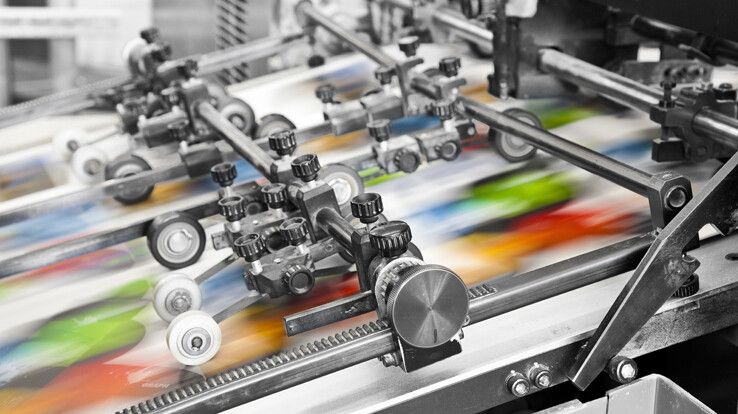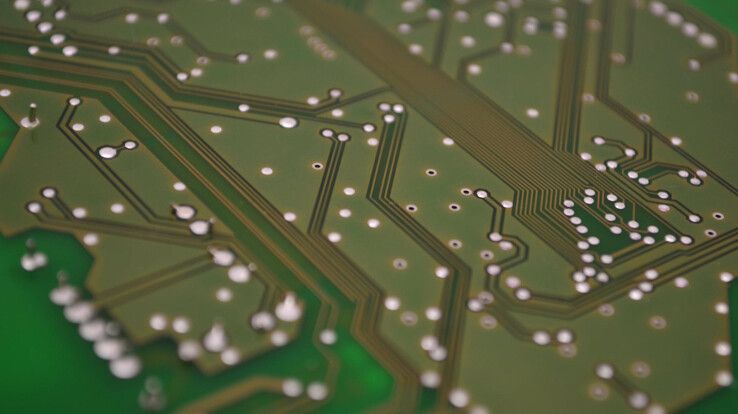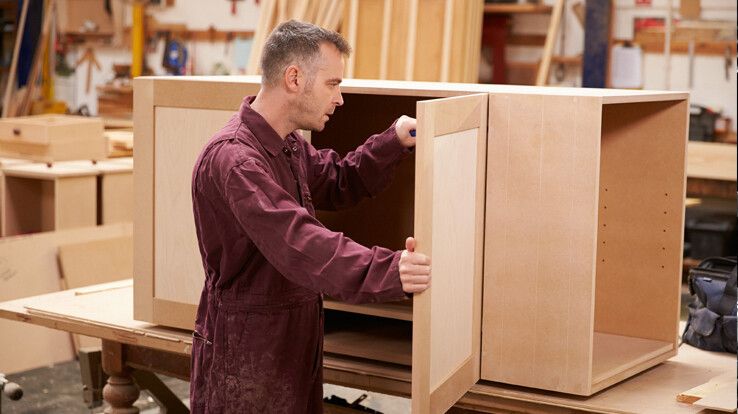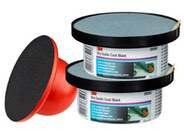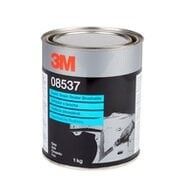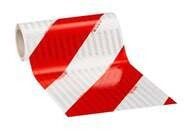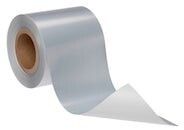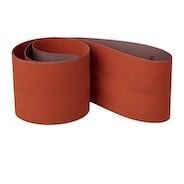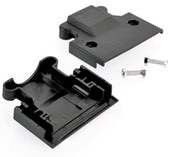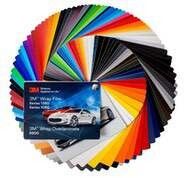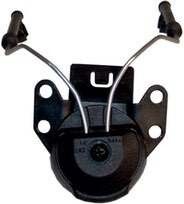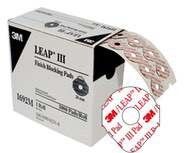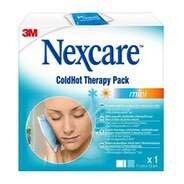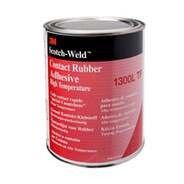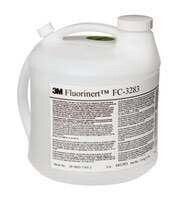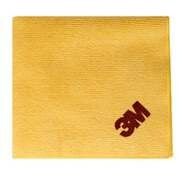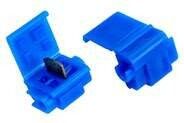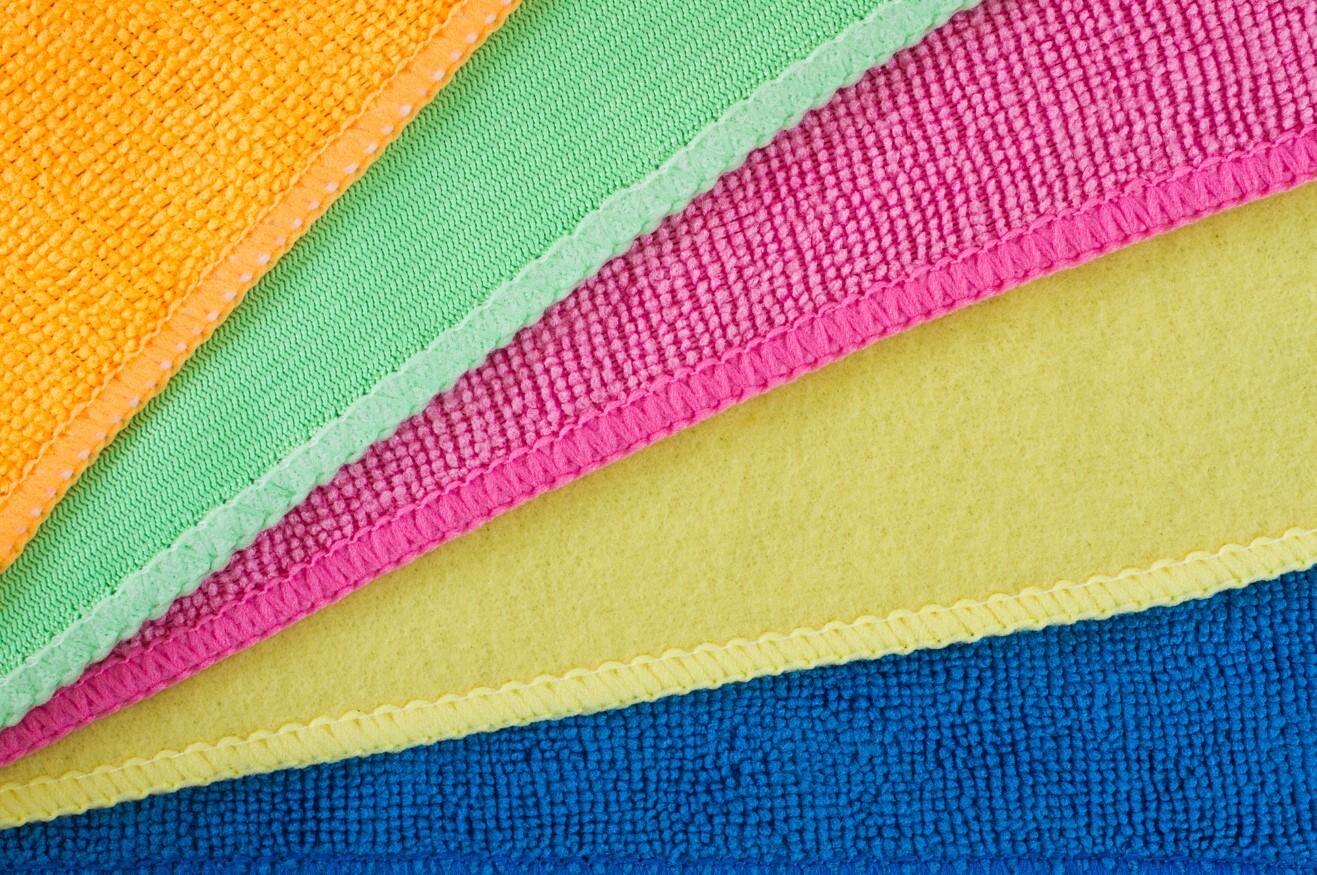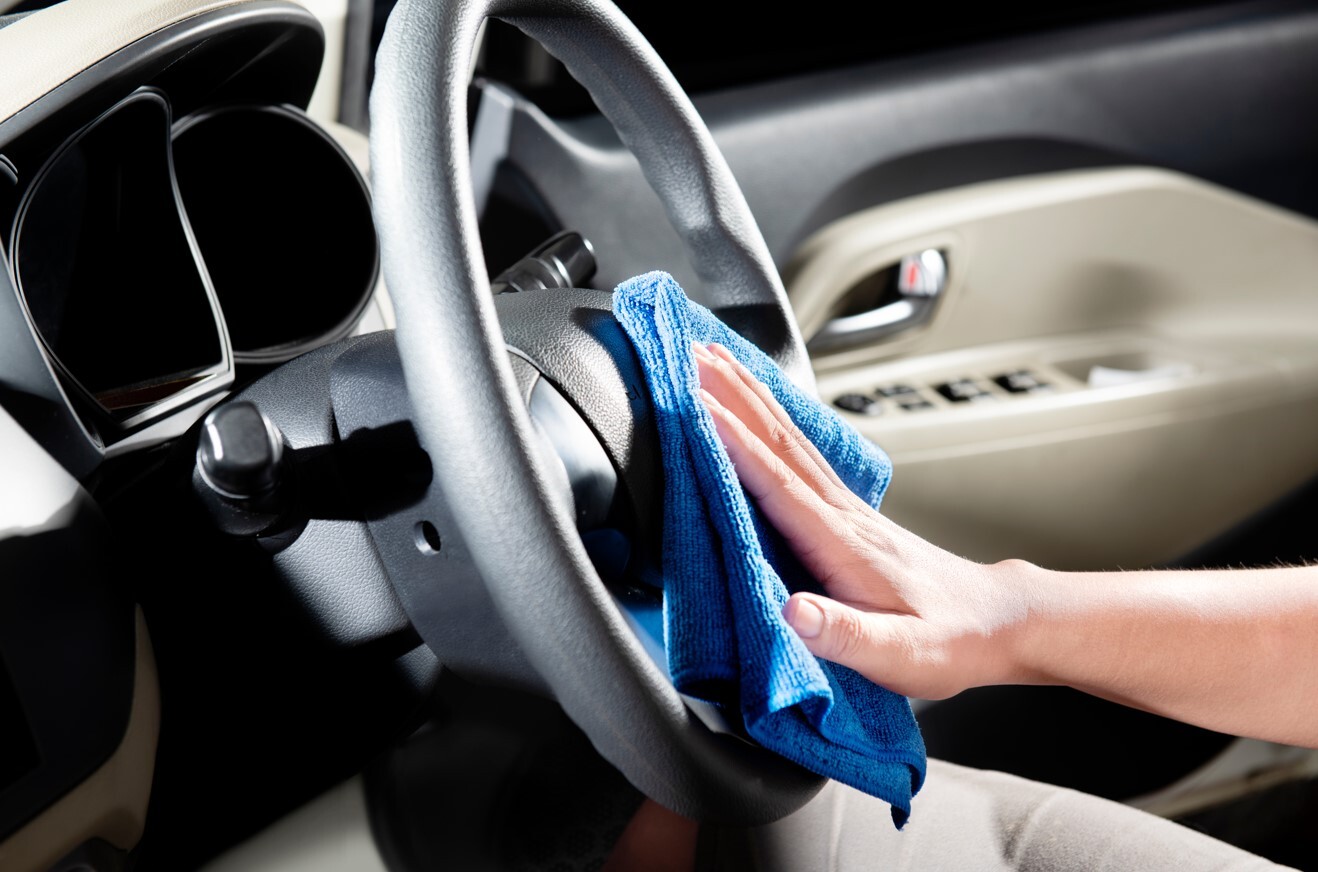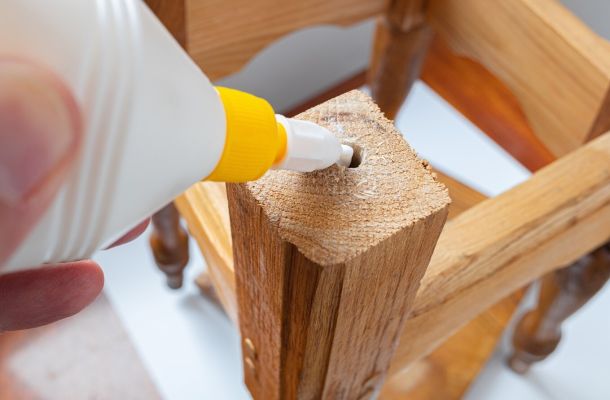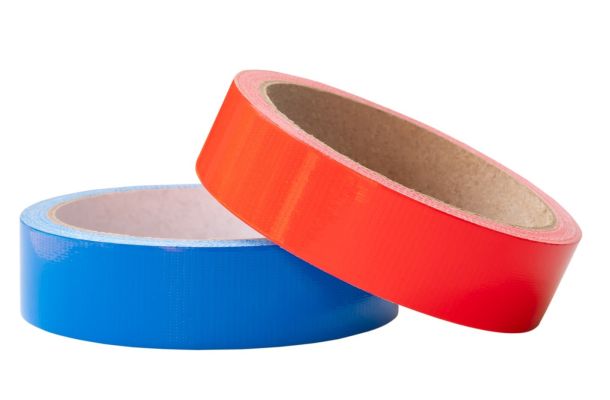Perfect cleanliness with microfibre wipes
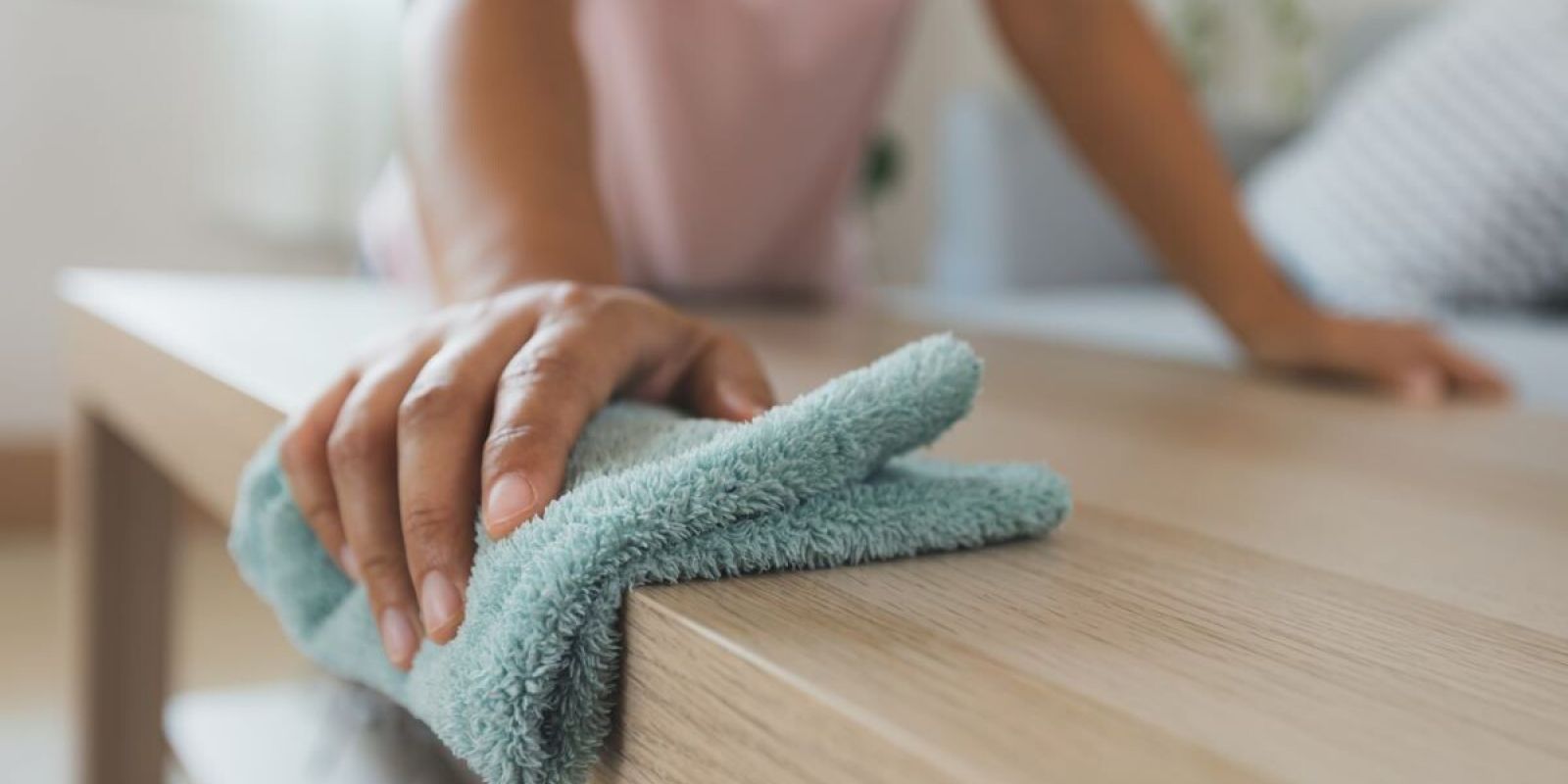

Perfect cleanliness with microfibre wipesThe cleanliness of our internal environment is a critical issue for both individuals and organisations. No one wants to work in an office or live in a home where you can leave fingerprints on dusty surfaces. However, perfect cleanliness can only be achieved if the best armies are brought together to fight pollution. Microfibre wipes are necessary to complete this challenge. Why? We show you…
What is a microfibre wipe?
Microfibre wipes are made up of microfibres manufactured from special materials, the main components of which are polyesters and polyamides, which are classified as plastics. The former is responsible for the scrubbing action of the wipe and for the glove's ability to absorb oily and greasy dirt. Thanks to the polyamide, the fibres of the cloth dry quickly, so it can absorb excess moisture in seconds.
The quality of microfibre cloths can vary, as indicated by fibre density. The higher the gsm or g/nm value on the wipe, the better it absorbs moisture. Most of these wipes are all-purpose, very versatile, but there are also more specialised versions, such as those that are best suited for polishing. The quality and price of the wipes vary widely, so it is worth assessing the range first.
The biggest difference between a traditional and a microfiber wipe is that the classic solution allows you to clean the dust off the surface by pushing it in front of you and collecting it, whereas a microfiber wipe traps the dirt in its microfibers. When it becomes "full", i.e. very dirty, it must be washed and cleaned.
Dry or wet
Microfibre wipes are characterised by their ideal use: dry or wet cleaning. When used dry, the dust is captured using static electricity. This is because the grains stick to the wipe, they do not float or stir up in the air. This is the property that makes it highly recommended for people with allergies.
In addition to dusting, such clothes are also suitable for polishing objects and surfaces. They can clean furniture, electronic equipment such as TV screens, monitor surfaces, car dashboards, and various decorative objects and paintings.
When the wipe is wet, the cleaning effect is achieved through its absorbency, which allows the wipe to collect the dirt, leaving behind a thin layer of water that dries quickly. In this form, it is great for cleaning kitchen and bathroom utensils, equipment, doors and windows.
How to use it?
Simply wipe the cloth over the surface you want to clean, and once you have enough dirt on it, it is time to clean or wash. You can use your hand or a washing machine to complete this task. In the case of handwashing, the cloth is soaked in warmish water with a little detergent or a little liquid soap, rinsed, shaken and then laid out.
If you prefer to use a washing machine, care should be taken to avoid putting bleach and rinse aids in the equipment. When the programme is over, the cloth should be shaken out and laid out in the same way as before.
5 tips for use
1. Always rinse the wipe properly. However, it is not a clever idea to wring it out, because if you are not careful, the microfiber can easily be damaged. Always use warm water when rinsing, as this allows the microfibres to expand and easily get rid of trapped dirt.
2. Do not use detergents with a microfiber wipe, as these will change the consistency of the surface of the wipe, making it more compact (although it is true that there are now high-performance wipes that do not fall under this advice, and can be used with detergents). The same applies if you are washing the wipe with cotton fabric.
3. Materials used to soften textiles should be avoided, as they can eliminate static electricity.
4. This type of wipe needs time to take effect, as the residues of the various cleaning agents must be removed first.
5. You should apply the wipe gently to the surface, using firm movements but not too hard. This will give it the best effect.
Professional cleaning tools are available in a wide range of colours. There are better and better cleaning products and cleaning cloths for use, from tack cloths to professional, heavy-duty microfibre cloths. Visit the Flanker website for more!
More articles
Flanker Plusz Kft.
Contact Details
Boti Street, 100.


